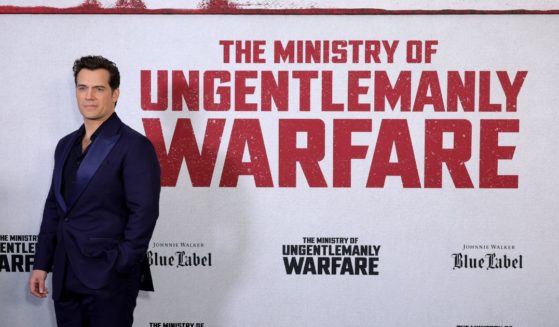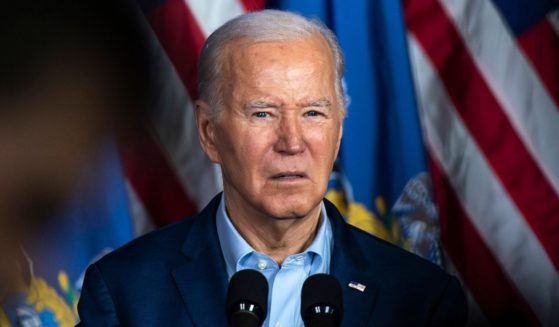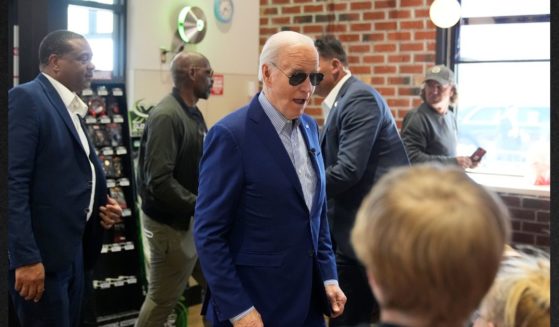Barry Bonds and Roger Clemens Are Inching Their Way Toward Hall of Fame
Sorting out whether players from baseball’s infamous “Steroids Era” belong in the Hall of Fame is a thorny battle between some truly impressive statistical feats for the record book and moralizing sportswriters who point out that those feats ought to have an asterisk on them because they were achieved with the aid of performance-enhancing drugs.
As such, Barry Bonds and Roger Clemens, who had 762 home runs and 354 wins, respectively, find themselves on the outside looking in after six of their 10 allowed years of eligibility on the Hall of Fame ballot.
A player must get mentioned on 75 percent of Hall of Fame ballots to get in; Bonds rated on 56.4 percent of ballots in his sixth year in 2018, while Clemens got mentioned on 57.3 percent.
Both hit the ballot for the first time in 2013.
All the same, both men are getting closer to induction with each passing year, as each has seen his numbers rise after a second-year dip in 2014, the consensus among writers increasingly trending toward not wanting to exclude an entire generation of baseball history like a deleted scene in a movie.
The longer a player lingers on the Hall of Fame ballot without dropping off entirely, the more writers tend to rally around him, eventually deciding that he’s been kept off the ballot for long enough.
In year nine of their eligibility, Andre Dawson, Goose Gossage, Tony Perez, Joe Medwick, Hank Greenberg, Bill Dickey, Dizzy Dean and Al Simmons all got in.
Don Drysdale, Lou Boudreau, Joe Cronin, and Ted Lyons were 10th-ballot Hall of Famers, getting similar absolution from voters who finally recognized their greatness.
Both groups, like Bonds and Clemens, reached the finish line after trending upward toward induction in previous years.
In addition, in a player’s last year of eligibility, there tends to be a bounce in the voting as the writers who vote for the award look sympathetically on the candidacy of players about to drop off the ballot and be remanded to the Veterans’ Committee; this is how Jim Rice got into the Hall in 2008.
Bonds and Clemens may have been the public faces of the era of PEDs, with Bonds’ bulk the constant subject of jokes and Clemens’ “roid rage” directed at Mike Piazza during the 2000 World Series perhaps the single most visible enduring image of the era, as Clemens threw a broken bat like a spear at the Mets’ Hall of Fame catcher.
But at some point writers start looking at the other guys on recent ballots, guys like Tim Raines, Harold Baines, Rice, Craig Biggio and other Hall of Famers who played in the 1990s, and opinion softens on Clemens and Bonds, a museum of baseball greatness seemingly barren without the all-time home run king (with or without the asterisk) and one of its most dominant pitchers.
Also working in favor of Bonds and Clemens is a shifting demographic in baseball writers.
Retiring or otherwise losing their ballots are the old newspaper men with the soul of Damon Runyon and a conservative streak in their opinion of what baseball should be.
Replacing them are guys from places like FanGraphs and The Ringer and other Internet publications, who prefer to base their Hall votes on the “compared to others of his own era” standards, using stats like Wins Above Replacement and even more elaborate statistical cocktails to determine who was great.
Those same writers also tend to view an era in its own context; Bonds and Clemens reportedly used steroids, but so did a lot of players, and if they stood out against others doing the same drugs, that makes their Hall case.
Indeed, among those younger voters, new to the Baseball Writers’ Association of America, Bonds and Clemens enjoy over 80 percent support on their Hall of Fame ballots.
That may be enough to spark a youth movement that propels them to Cooperstown.
Watching Bonds and Clemens inch ever closer to Hall induction isn’t just a case of re-evaluating their stats.
It’s watching an old era of baseball journalism die and a new approach to greatness take its place.
Truth and Accuracy
We are committed to truth and accuracy in all of our journalism. Read our editorial standards.











